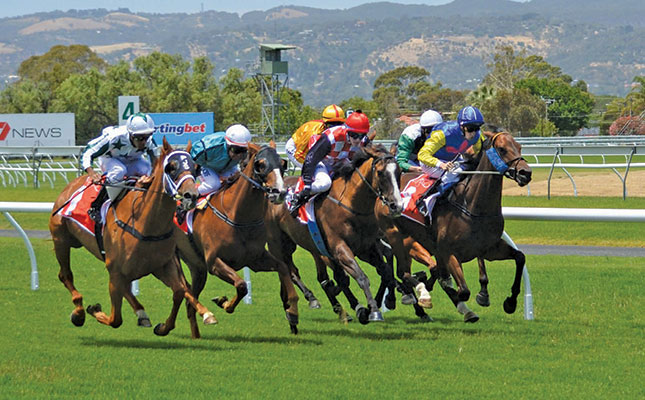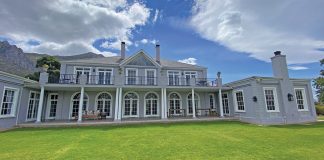
Photo: Peter W
Inbreeding, outcrossing, line breeding and hybrid vigour are well understood by racehorse breeders. When closely related individuals mate, their offspring are generally smaller, less viable or less fertile than the rest of the population.
Examples of inbreeding are mating full brothers to sisters, fathers to daughters or mothers to sons. However, if two inbred groups are crossbred, the result is individuals that are often larger, stronger and more fertile; this is called hybrid vigour.
When you are breeding racehorses, the aim is to improve speed over a very specific distance.
Although the outcome is a single variable measured with the modern, electronic version of a stopwatch, speed is made up of a huge number of other variables such as conformation, temperament, vitality and good health.
Hybrid vigour
In racehorses, the traits (variables) needed for winning are well recognised and have been very well documented over several hundred years.
Certain sire and dam lines have recognised traits that are well transmitted to offspring, but too much inbreeding will also bring up genetic faults (recessive genes) and result in undesirable characteristics.
The advantage of inbreeding is that mating successful racehorses with other successful racehorses with good conformation and temperament can improve speed in their foals relatively quickly.
Over several generations, the speed shown by racehorses on the same tracks has increased considerably. However, it has also been shown that foals who have common ancestors within five generations can show genetic defects due to inbreeding.
Thoroughbred-racehorse breeders are aware of this and also use outcrossing to improve hybrid vigour. This means that a mare will be mated to a stallion that does not have any ancestors the same as hers within five generations.
However, outcrossed foals may do very well as racehorses but never breed a winner, as the success was more due to ‘hybrid vigour’ than improved genetics. It is often much harder to predict which ancestor in the mix has provided the winning streak.
One way to do this is to inbreed again to either the sire or dam line in the next generation. Breeders of Arabians, for example, always favour the dam line as a predictor (theorising that many of the strengths of a good racehorse are linked to the X chromosome), while Thoroughbred breeders tend towards the sire line (theorising that genetic characteristics linked to the Y chromosome increase speed).
Line breeding
Line breeding is another approach used by Thoroughbred breeders. In this case, one or more really good ancestors are selected over the last five generations.
This aims to select the best racehorses showing a specific trait shown by an ancestor. It takes into account the traits of several generations of foals that have arisen through outcrossing to other bloodlines to that specific ancestor.
The inbreeding coefficient (IC) is a mathematical formula derived by the geneticist Sewell Wright.
In racehorses, an IC of 5% is considered high. However, much higher levels are found in some cattle and dog breeds.
Currently, genetics is taking giant leaps forward and we can already identify and eliminate recessive genes responsible for undesirable traits in horses.
Recent work has shown that specific genes can be inserted into the chromosomes of individual breeding animals to improve targeted characteristics. Keeping good breeding records is essential for producing and increasing good-quality individuals over time.
Thoroughbred-breeders are getting this right!
Dr Mac is an academic, a practising equine veterinarian and a stud owner.











